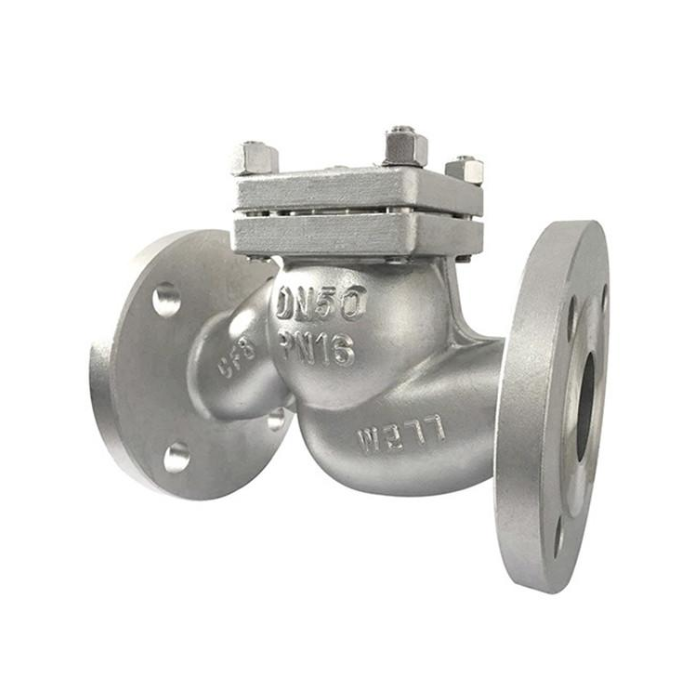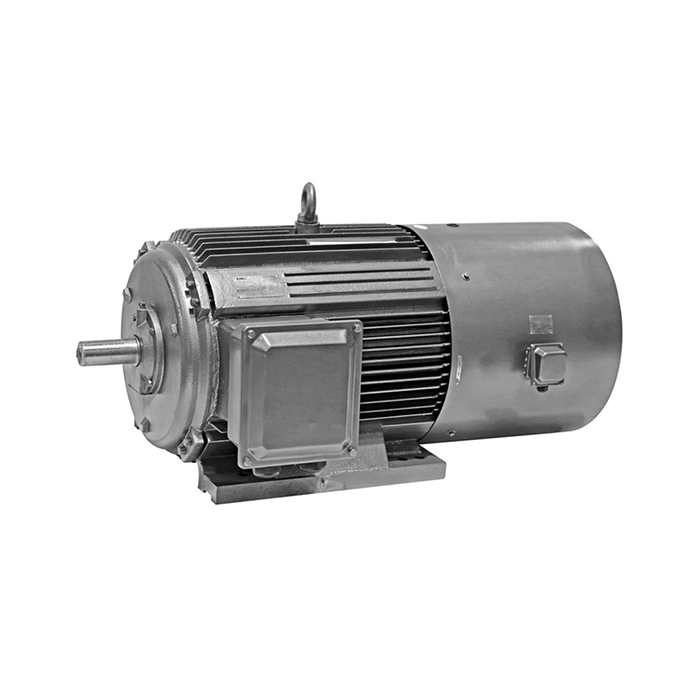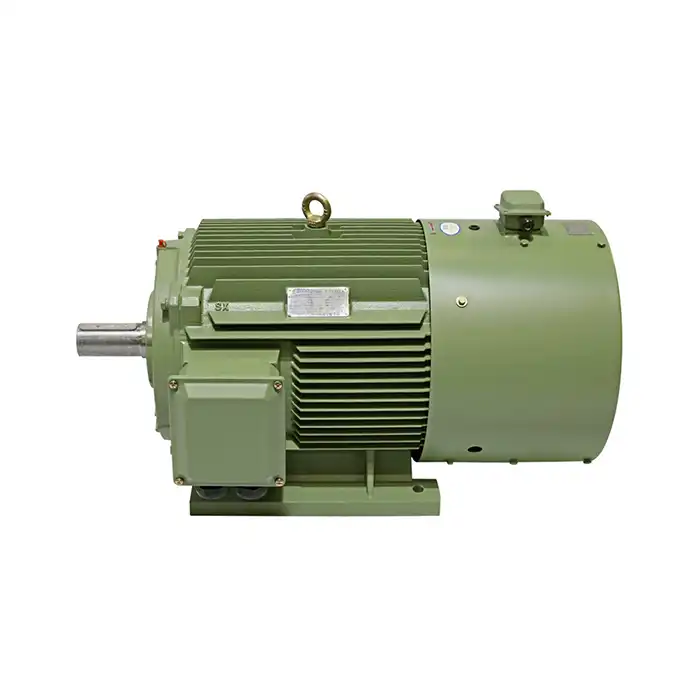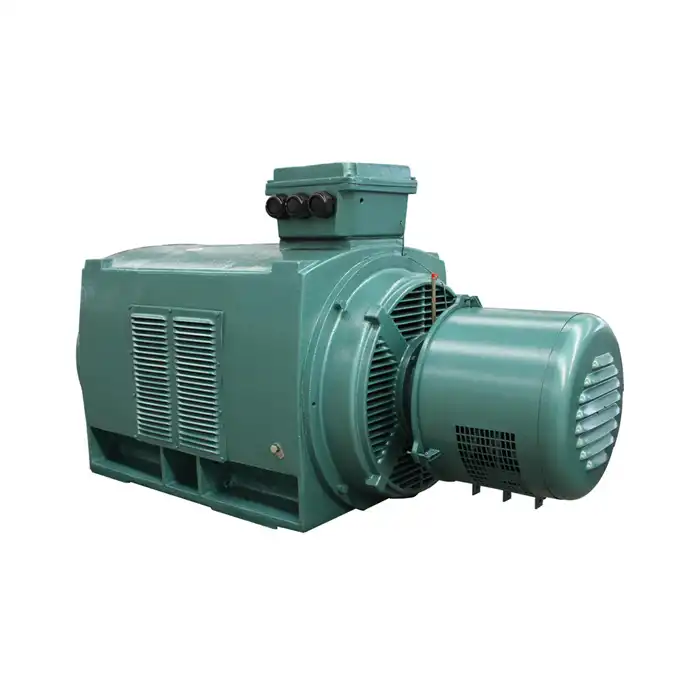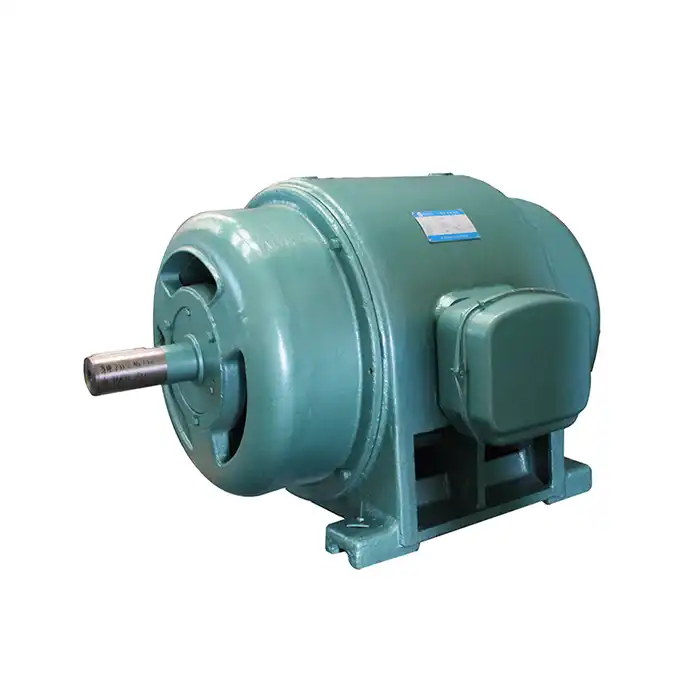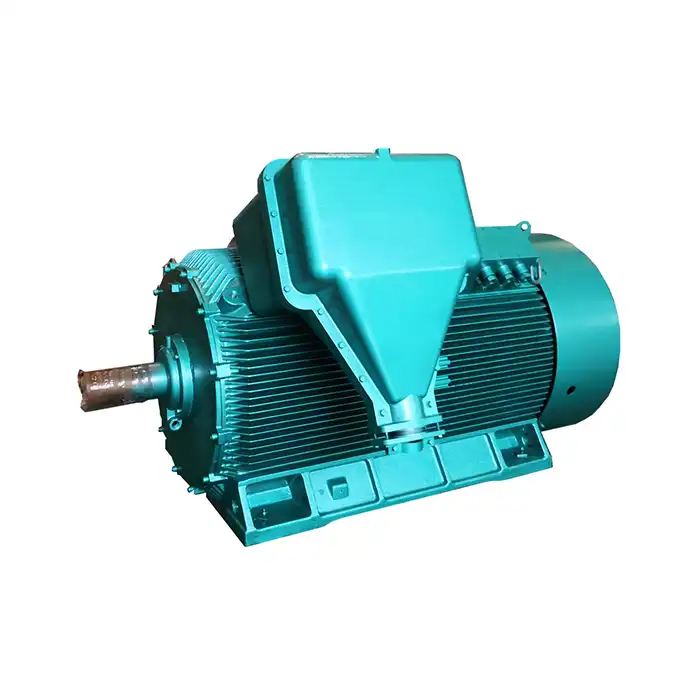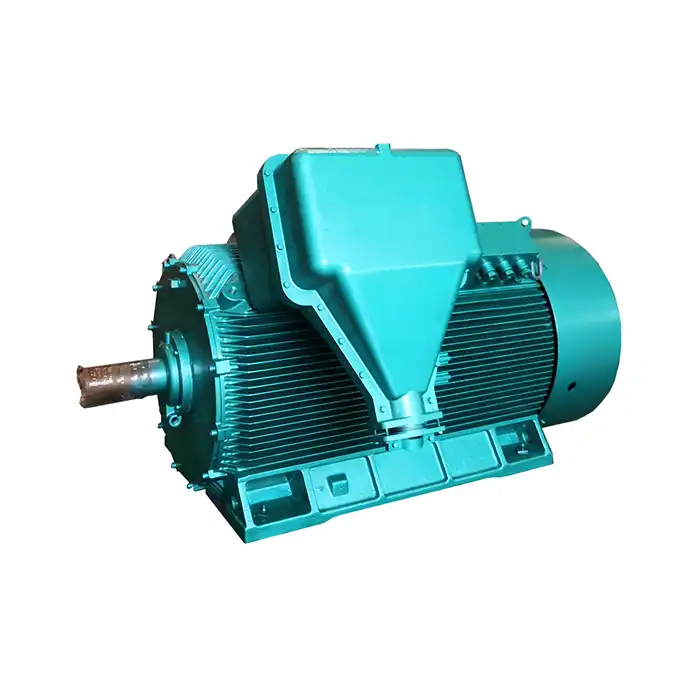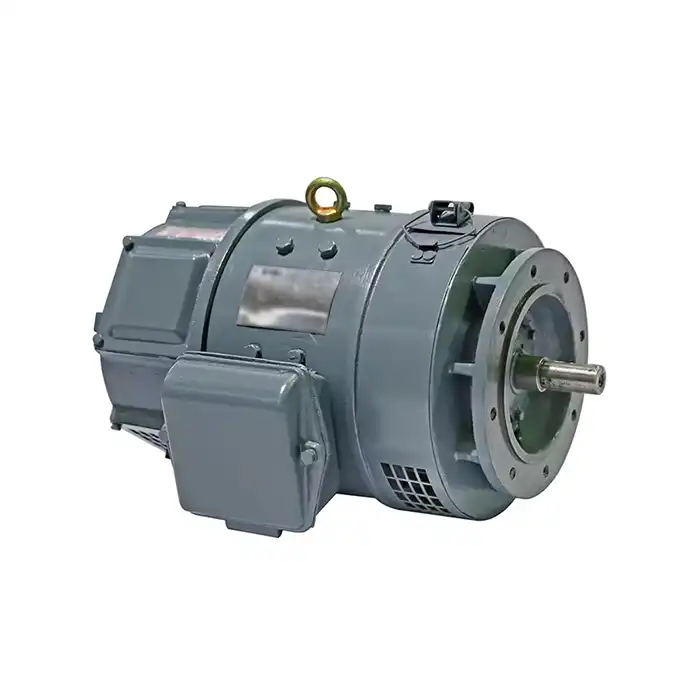What are the benefits of using inverter duty motors?
Inverter duty motors have transformed industrial operations, offering a myriad of advantages over traditional motor systems. These specialized motors are engineered to work seamlessly with variable frequency drives (VFDs), providing unparalleled performance and efficiency. In this comprehensive guide, we'll explore the numerous benefits of using inverter duty motors and why they're becoming increasingly popular in various industries.

Energy savings with inverter duty motors: How much can you reduce costs?
One of the most compelling reasons to adopt inverter duty motors is the substantial energy savings they offer. These motors are designed to operate at variable speeds, allowing them to adjust their power consumption based on the actual load requirements. This adaptability translates into significant cost reductions for businesses across various sectors.
Let's delve into the mechanics of how inverter duty motors achieve these energy savings:
- Optimized Speed Control: Unlike traditional motors that operate at a fixed speed, inverter duty motors can modulate their speed to match the exact needs of the application. This precise control eliminates energy waste associated with running at full speed when it's not necessary.
- Reduced Power Consumption: By operating at lower speeds when full power isn't required, these motors consume substantially less electricity. The energy savings can be particularly pronounced in applications with variable load demands, such as HVAC systems or conveyor belts.
- Improved Power Factor: Inverter duty motors, when paired with VFDs, can maintain a high power factor across a wide range of speeds. This results in more efficient power utilization and can lead to reduced electricity bills.
The potential for cost reduction is substantial. Depending on the specific application and usage patterns, businesses can see energy savings ranging from 20% to 50% or more. In high-power applications or facilities with multiple motors, these savings can amount to thousands of dollars annually.
Consider a real-world example: A manufacturing plant replaced its standard motors with inverter duty motors in its ventilation system. The ability to adjust fan speeds based on actual demand resulted in a 35% reduction in energy consumption, translating to annual savings of over $50,000.
It's worth noting that the energy savings extend beyond just reduced electricity consumption. By operating more efficiently, inverter duty motors also contribute to:
- Decreased heat generation, reducing cooling costs in facilities
- Lower carbon footprint, aligning with sustainability goals
- Reduced strain on electrical infrastructure, potentially deferring costly upgrades
The cumulative effect of these benefits makes inverter duty motors a wise investment for businesses looking to optimize their operational costs and enhance their energy efficiency profile.
Improved motor lifespan: How inverter duty reduces wear and tear
Beyond the immediate energy savings, inverter duty motors offer another significant advantage: extended operational lifespan. These motors are built to withstand the unique stresses associated with variable speed operation, resulting in reduced wear and tear and, consequently, a longer service life.
Let's explore the key factors that contribute to the improved longevity of inverter duty motors:
- Enhanced Insulation Systems: Inverter duty motors feature reinforced insulation designed to withstand the high-frequency switching of VFDs. This robust insulation protects against voltage spikes and reduces the risk of premature failure due to electrical stress.
- Optimized Cooling Design: These motors often incorporate advanced cooling systems that maintain optimal operating temperatures even at low speeds. Effective heat management is crucial for preserving motor components and extending their lifespan.
- Reduced Mechanical Stress: The ability to operate at variable speeds means that inverter duty motors can start and stop more gradually. This soft start/stop capability significantly reduces mechanical stress on bearings, shafts, and other components, minimizing wear over time.
- Balanced Load Distribution: Inverter duty motors are designed to maintain proper load distribution across a wide speed range. This balanced operation reduces vibration and uneven wear, contributing to longer component life.
The impact of these features on motor lifespan can be substantial. While traditional motors might require replacement or major overhauls every few years in demanding applications, inverter duty motors can often operate reliably for much longer periods. It's not uncommon for these motors to last 2-3 times longer than their standard counterparts under similar operating conditions.
Consider the following scenario: A water treatment facility upgraded to inverter duty motors for its pumping systems. After five years of operation, the maintenance team reported a 60% reduction in motor-related downtime and a 40% decrease in replacement costs compared to their previous standard motors.
The extended lifespan of inverter duty motors offers several ancillary benefits:
- Reduced maintenance costs and downtime
- Lower total cost of ownership over the motor's lifecycle
- Increased reliability in critical applications
- Decreased environmental impact due to less frequent motor replacements
For businesses, the improved longevity of inverter duty motors translates into more stable operations, predictable maintenance schedules, and better long-term cost management. This reliability is particularly valuable in industries where unplanned downtime can result in significant financial losses or safety risks.
Smoother speed control and reduced mechanical stress
One of the most significant advantages of inverter duty motors is their ability to provide exceptionally smooth speed control. This feature, combined with the reduction in mechanical stress, offers numerous benefits across a wide range of applications.
Let's delve into the mechanics and advantages of this smooth speed control:
- Precise Speed Regulation: Inverter duty motors, when paired with advanced VFDs, can maintain extremely accurate speed control. This precision is crucial in applications requiring tight synchronization or specific speed profiles.
- Soft Start and Stop: Unlike traditional motors that start abruptly at full speed, inverter duty motors can ramp up gradually. This soft start capability significantly reduces mechanical shock, minimizing wear on belts, gears, and other connected components.
- Dynamic Torque Control: These motors can adjust their torque output in real-time, matching the exact needs of the application. This capability is particularly valuable in processes requiring varying levels of force or pressure.
- Elimination of Gear Changes: In many applications, the wide speed range of inverter duty motors eliminates the need for mechanical gear changes. This simplification of the drive train reduces maintenance requirements and improves overall system reliability.
The benefits of smoother speed control and reduced mechanical stress are far-reaching:
- Enhanced Product Quality: In manufacturing processes, precise speed control can lead to improved product consistency and quality. For example, in textile production, maintaining exact spindle speeds is crucial for fabric uniformity.
- Increased Equipment Longevity: The reduction in mechanical stress translates directly into longer life for motors and connected equipment. This is particularly beneficial in high-cycle applications or those involving frequent starts and stops.
- Improved Process Control: The ability to fine-tune motor speed allows for more precise control over various industrial processes. This can lead to optimized production rates, reduced waste, and improved energy efficiency.
- Noise Reduction: Smoother operation often results in quieter performance, which can be a significant advantage in noise-sensitive environments or applications.
Real-world applications showcase the tangible benefits of this smooth control:
In a paper mill, the implementation of inverter duty motors in the paper machine drive system resulted in a 30% reduction in web breaks and a 15% increase in production speed. The ability to precisely control motor speed throughout the process led to improved paper quality and reduced waste.
Similarly, a beverage bottling plant upgraded to inverter duty motors for its conveyor systems. The smooth acceleration and deceleration capabilities reduced bottle tipping and breakage by 40%, significantly improving production efficiency and reducing material waste.
The versatility of inverter duty motors makes them ideal for a wide range of applications, including:
- Conveyor systems in logistics and manufacturing
- Pumps and compressors in process industries
- Fan and blower systems in HVAC applications
- Machine tools requiring precise speed control
- Elevators and hoists in construction and material handling
By providing smoother speed control and reducing mechanical stress, inverter duty motors not only improve the performance of individual machines but can enhance the efficiency and reliability of entire production lines or facilities.
Conclusion
The benefits of using inverter duty motors are clear and substantial. From significant energy savings and extended motor lifespan to smoother operation and reduced mechanical stress, these advanced motors offer a compelling solution for businesses looking to optimize their operations, reduce costs, and improve overall efficiency.
As industries continue to evolve and face increasing pressure to improve sustainability and operational efficiency, the adoption of inverter duty motors is likely to accelerate. Their ability to provide precise control, energy savings, and long-term reliability makes them an invaluable asset in modern industrial settings. For businesses considering an upgrade to their motor systems or embarking on new projects, inverter duty motors present an opportunity to invest in technology that offers both immediate benefits and long-term value.
Are you looking to optimize your industrial operations with high-efficiency, low-energy-consumption power equipment? Shaanxi Qihe Xicheng Electromechanical Equipment Co., Ltd. specializes in providing cutting-edge power equipment solutions tailored to your needs. Whether you're in manufacturing, process control, HVAC, energy and utilities, or other specialized industries, our team of experts is ready to help you select the right inverter duty motors for your application. Contact us today at xcmotors@163.com to learn more about our inverter duty motor solutions and how they can benefit your specific industry needs.
References
- Johnson, A. (2022). "Energy Efficiency in Industrial Motors: A Comprehensive Analysis"
- Smith, B. et al. (2021). "Longevity and Performance of Inverter Duty Motors in Manufacturing Applications"
- Lee, C. (2023). "Variable Frequency Drives and Motor Efficiency: Current Trends and Future Prospects"
- Thompson, D. (2022). "Cost-Benefit Analysis of Implementing Inverter Duty Motors in Process Industries"
- Garcia, M. and Wong, T. (2023). "Comparative Study of Standard vs. Inverter Duty Motors in HVAC Systems"
- Patel, R. (2021). "Mechanical Stress Reduction in Industrial Equipment: The Role of Advanced Motor Technologies"



